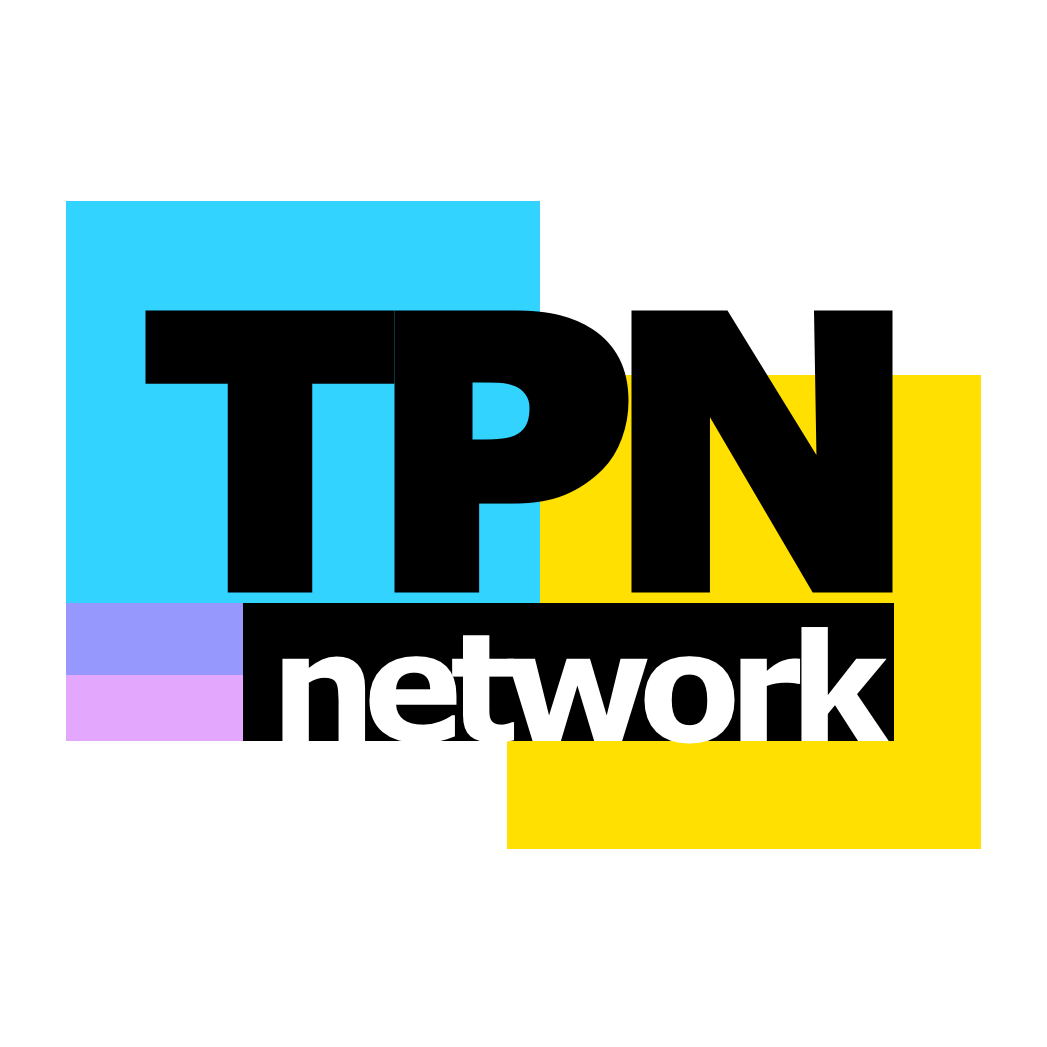This month, I received my copy of Contract Management Magazine and noticed an article written by a couple colleagues I know in Washington DC – Raj Sharma and Jim McIntosh. They are also pretty well known in procurement circles from the Freemarkets background and their successful consultancy. I have had some extremely informative conversations with Raj in the past, so naturally, the article is very comprehensive.
The article begins, “While organizations have become increasingly sophisticated at sourcing direct and indirect materials, services spend remains quite elusive as an opportunity. Taking the lessons learned from sourcing of direct and indirect materials, while useful, will not adequately address the complexities inherent in services
sourcing.”
They outline the challenges that confront sourcing when dealing with service centric procurement:
- Commodity Definitions: Developing a definition that all key stakeholders can agree upon is a critical step in the services sourcing process.
- Identifying Expected Outcomes: Identifying expected outcomes requires a clear understanding of customer needs and priorities. Once outcomes have been defined, there is a clearer path for defining requirements and metrics for measuring performance.
- Determining Cost Drivers: A detailed cost structure analysis, both of internal costs and supplier costs, can help uncover many opportunities to drive down total costs.
- Defining and Communicating Requirements: Writing requirements is perhaps the one part of services sourcing that needs the most help. Poor requirements begin with a limited understanding of customer needs.
- Supplier Evaluation Criteria: Evaluating suppliers begins with being as knowledgeable as possible about the commodity being sourced. Lack of knowledge means lack of transparency, which often means “smoke and mirrors.”

